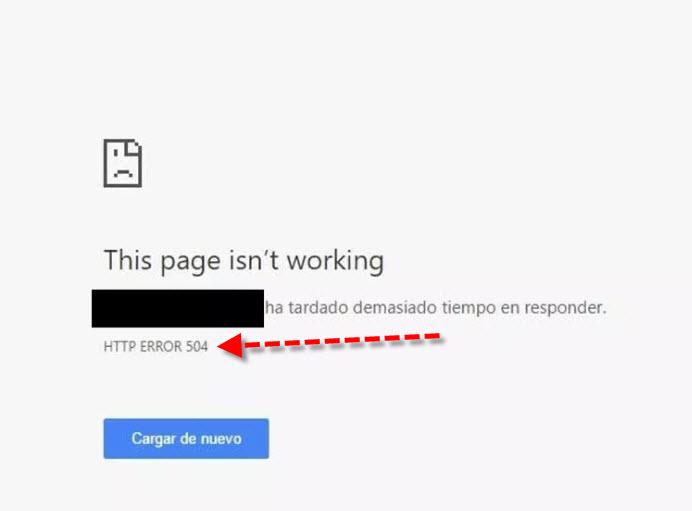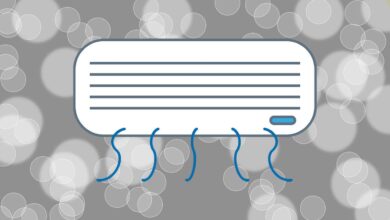
All of us use Ethernet technology every time we connect via network cable to our router or switch. Thanks to Ethernet, we have the possibility of connecting different devices such as routers, switches, smart TVs, desktop and laptop computers, IP cameras and a large number of devices, in order to exchange information between all of them. However, you may have never wondered where Ethernet was born and why exactly it is called that. Today in RedesZone we are going to explain to you where it was born and why it is called that.
What is Ethernet technology
Ethernet technology is the current standard for local area networks for network devices such as routers or switches, as well as for computers and any other type of device that we are going to connect to the local network. Ethernet technology defines the characteristics of network cabling, defining the requirements, characteristics that it must have and also the speeds that can be achieved in certain scenarios. Within the definition of Ethernet, we also have all the information about how the information is signaled at the physical level, of course, it also takes care of the data frame format at the data link level of the OSI model.
Ethernet technology was taken as the basis for creating the international standard IEEE 802.3, which is what we currently use in any network device. The first version of the 802.3 standard was born in 1983, and during all this time it has been evolving by adding different information in the header field, and that is that they have had to be modified to allow greater speed, the possibility of creating virtual networks VLANs, and also so that there can be compatibility between different types of media (twisted-pair network cable and fiber optics, for example).
The 802.3 standard is in continuous development to improve and add improvements, especially in terms of speed, and we must bear in mind that at first the speed of the first 802.3 standard was only 10Mbps, and now we can have a 10Gbps network in our homes without any problem, making use of the 10GBASE-T standard or its variants to use single-mode or multimode fiber optics.
Origin and why it is called so
In the 1970s the researcher Norman Abramson was finishing designing the ALOHA protocol or also known as ALOHAnet in Hawaii, this protocol was a pioneer in networks, and today its operation is still being studied in universities because it is the basis of the popular Ethernet that we use today. The creator of Ethernet was Robert Metcalfe who was doing his Ph.D. at Harvard University working for the ARPANET. Robert, on a trip to Washington, found a scientific article on how ALOHA works, and thought about how this protocol could be improved and wrote an article describing a protocol that greatly improved ALOHA’s performance.
This article was the basis for his doctoral thesis in the year 1973, which is when Ethernet was born. The basic idea of Ethernet was very basic, before the stations (computers) transmit the information, they should detect if the channel was already in use, in case there was a carrier then it would wait a certain time until it finished. Each station would be continuously monitoring the physical medium to know if a collision occurred, and therefore, data loss. In the case of a collision, the transmission would be stopped and it could be retransmitted later without problems. This collision detection and avoidance protocol is what would later be known as CSMA/CD (Carrier Sense Multiple Access with Collision Detection), one of the most important parts of Ethernet and greatly improved performance compared to ALOHA.
In 1972, Robert moved to California to work at Xerox’s Palo Alto research center, where he finished developing and testing the technology he had just published in his thesis. The new network was called the Alto Aloha Network, together with David Boggs he gradually improved the network protocol, but this new protocol will not only work on Xerox equipment, for this reason, he decided to call it Ethernet.
Ethernet comes from “ether” which refers to the (now abandoned) physics theory that electromagnetic waves travel through a fluid called the ether, which was supposed to fill all space. Xerox filed the patent application that listed Metcalfe, David Boggs, Chuck Thacker, and Butler Lampson as inventors. In 1979 Meltcafe left Xerox to form his own company called 3com, and convinced DEC, Intel, and Xerox to work together to promote Ethernet as a standard that any company could use. Xerox agreed to give up its registered trademark, with the aim of becoming a standard, in this way, in 1980 the first public standard was launched with all the specifications and details of its operation.




